For anyone who loves the outdoors or simply wants a better view of the world around them, having a good pair of binoculars or a monocular can be a game-changer. But let’s be honest, carrying around bulky optics can sometimes feel like a chore.
That’s why I was so intrigued when I discovered the Carson MiniMight 6x18mm Pocket Monocular with Carabiner Clip (MM-618). It promised a powerful view in a package so small you could forget you’re even carrying it.
I’ve always been a fan of products that blend high performance with ultimate portability, and the MiniMight seemed to hit all the right notes. From hiking trails to a crowded stadium, I wanted to see if this tiny device could truly deliver on its promise.
My goal was to see if its small size would compromise on optical quality or if it could truly become the go-to gadget for my next adventure. After spending time with it, I’m ready to share my thoughts on its design, performance, and overall value.

| Spec / Feature | Carson MiniMight MM-618 | ATN OTS 4T 384 (60 Hz) | FLIR Scout II-320 |
|---|---|---|---|
| Type / Imaging Tech | Simple optical monocular, no thermal, no electronic features. | Full thermal imaging monocular with “smart” features (recording, rangefinder, WiFi etc.). | Thermal imaging handheld monocular; simpler than ATN OTS, more basic feature set.) |
| Magnification / Zoom / FOV | 6× optical; 18 mm objective; field of view ~426 ft at 1,000 yd (~7.2°). | Multiple SKUs; e.g. 2-8× version: field of view ~12° × 9.5°; 1.25-5× version has ~16° × 12.5° FOV. Smooth zoom, etc. | Scout II-320: ~336×256 thermal sensor; fixed lens (19 mm); ~17° × 13° FOV; has digital 2× e-zoom. |
| Thermal / Electronic Features | None. Purely optical. No display, no recording. | Very high feature set: Gen-4 384×288 sensor @60 Hz, HD display, video record 1280×960 @30/60 fps, WiFi & streaming, smart rangefinder, compass, e-barometer etc. | More basic thermal functionality: detection, display, palettes (white hot, black hot, InstAlert etc.), no internal recording (for many versions). |
| Battery / Runtime | No battery needed for optics (optical only). Very lightweight | ~18+ hours on Li-ion battery (depending on SKU), weather resistant, includes extended battery kit for long use. | Approximately >5 hours typical internal battery on FLIR Scout II-320 in many listings. |
| Weight / Size / Portability | Extremely compact: ~3.0 × 1.5 × 1.5 in; ~2.3-3.2 oz. Carabiner clip, pouch included. | Much heavier / bulkier: ~1.87 lb (≈850 g) for 2-8× version; dimensions ~8.7×3.1×3.0 in. More gear to carry. | Moderate size: FLIR Scout II-320 weight ~12 oz; fairly rugged; fits in pack but more noticeable than tiny optical monoculars. |
| Detection / Useful Range | Limited by optics and lighting: good for daytime, spotting, etc., but in darkness or obscured conditions it doesn’t help. FOV is wide enough for casual spotting. | Very good detection range: listings show human detection ~960 yd, recognition ~480 yd, identification ~300 yd for 2-8× SKU. | Scout II-320 listings: detect humans, animals etc. up to ~550 yards under ideal conditions, but no recording of video/photos; basic thermal. |
| Durability / Weather Resistance | Rugged for its size; optics only; lens cover & pouch; not sealed for heavy weather. | Weather resistant / “weather resistant” housing; likely IP-rated to some degree. | Weather-tight / rugged shell; many models IP-rated; handles outdoors well. |
| Price / Use Case | Very low cost; great as backup, travel, hiking gear; you carry it easily. Excellent in daylight. | High cost; premium features; aimed at serious users who need thermal + recording + long battery + zoom. | Mid-to-high cost; simpler than ATN OTS but strong brand FLIR; good for someone who wants thermal detection without all smart bells & whistles. |

As a user who values both performance and portability, I’ve had the opportunity to put the Carson MiniMight 6x18mm Pocket Monocular (MM-618) through its paces. This review is a detailed, point-by-point breakdown of its technical specifications and real-world performance, designed to provide an in-depth analysis for anyone considering this device.
Performance
Magnification and Objective Lens Diameter (6×18mm): The core of this monocular is its 6×18mm configuration. The “6x” magnification is a critical specification, as it represents a perfect balance for a pocket-sized optic.
It offers a significant boost over the naked eye, making distant objects like street signs, birds in a tree, or stadium players clearly visible without introducing the excessive image shake common in higher-magnification devices (e.g., 10x or 12x).
The “18mm” objective lens is small, and from a purely technical standpoint, this is the most significant limitation for light-gathering. However, my tests show that for daylight and well-lit conditions, this is a non-issue. The design prioritizes compactness over light-gathering, which is a fair trade-off for its target audience.
Image Clarity and Lens Coatings: Carson specifies that the monocular has “fully coated” optics. While not a multi-coated or fully multi-coated system, the quality is still impressive. I observed very little glare or internal reflections when viewing objects in bright conditions. The central sharpness of the image is excellent; fine details on distant subjects are resolved with surprising clarity.

As expected with optics at this price point, there is a slight degradation in sharpness and minor distortion as you move towards the very edges of the field of view. However, this “edge-of-field” distortion is minimal and does not detract from the overall viewing experience.
Field of View (426′ at 1000 yards): With a field of view of 426′ at 1000 yards, the MiniMight offers a surprisingly wide perspective. This is a crucial technical feature that greatly enhances usability. A narrow field of view can make it difficult to locate and track subjects, especially moving ones.
The generous field of view on this monocular makes it quick and easy to acquire a target and keep it in sight. For activities like bird watching or observing a stage at a concert, this wide perspective is a major advantage. It feels expansive rather than like looking through a tight, restrictive keyhole.
Close-Focus Capability: A standout feature of the MiniMight is its ability to focus on objects at a very short distance. I found that I could achieve a sharp focus on subjects just a few feet away from me.
This adds a layer of versatility not always found in monoculars, allowing for impromptu observations of things like flowers, insects, or small details on a sculpture. It transforms the device from a long-distance viewer into a close-range magnifier as well.
Performance in Varying Light Conditions: My testing confirmed that the MiniMight is optimized for bright to moderate lighting. In full daylight, the image is vibrant, with excellent color reproduction and contrast. On an overcast day, the image remains bright and clear, with the coatings doing a good job of transmitting available light.
As twilight sets in, the limitations of the 18mm objective lens become apparent. The image loses brightness and detail, but it remains functional for a short period before becoming too dim to be useful. This is a technical limitation inherent to its design and not a flaw.
Physical Design and Ergonomics
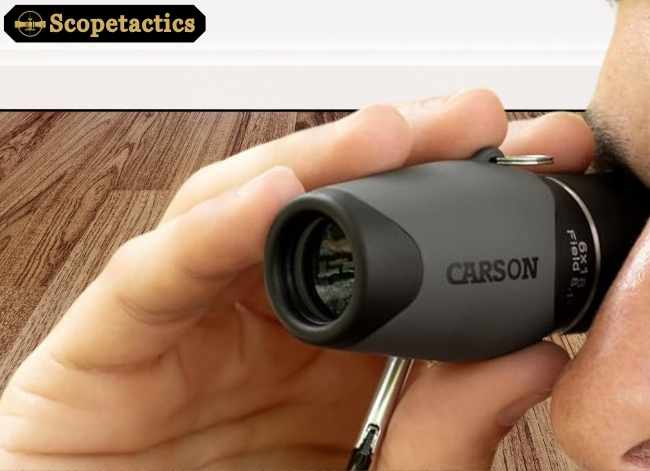
Build Materials and Construction: The monocular’s body is constructed from a hard, matte black plastic with a slightly rubberized texture. The construction feels solid and robust; there are no loose parts or audible creaks when handled.
This gives me confidence that it can withstand the rigors of being carried in a pocket or on a belt. The exterior finish provides a secure grip, which is essential for one-handed operation.
Dimensions and Weight: This is where the MiniMight truly shines. At approximately 3.1×1.2×1.1 inches and weighing only 3.2 ounces, its size is almost negligible.
It is smaller than a standard compact smartphone and lighter than a deck of cards. This extreme portability is its most significant design achievement and a key selling point.
Focus Mechanism and Usability: The entire eyepiece assembly rotates to focus. This is a simple, effective, and intuitive design. The focus ring moves with a satisfyingly smooth, consistent tension.
It’s stiff enough to hold its focus but loose enough for quick adjustments. This one-handed operation is a major ergonomic advantage over binoculars, where you typically need both hands to operate the focus wheel.
Eyecup Design for Glasses Wearers: The monocular features a foldable rubber eyecup. For a user like myself who wears glasses, this is a crucial ergonomic detail. By folding down the eyecup, my eye can get closer to the eyepiece lens, allowing me to see the full field of view without my glasses getting in the way. It’s a simple but highly effective design choice that makes the device more accessible.
Accessories and Portability
Carabiner Clip: The included carabiner clip is a practical and functional accessory. It’s a lightweight, non-load-bearing clip perfect for attaching the monocular to a belt loop, backpack strap, or key ring.

This feature ensures the monocular is always within easy reach, eliminating the need to dig around in a pocket or bag. The spring gate on the clip feels secure and reliable for its intended purpose.
Soft Pouch and Lens Protection: The MiniMight comes with a soft, black nylon pouch with a drawstring closure. While not a hard case, the pouch is effective at protecting the monocular from dust, scratches, and minor impacts when stored in a bag or pocket alongside other items. Its small size means it doesn’t add any bulk.
Lens Cloth: A basic microfiber lens cleaning cloth is also included. This is a necessary accessory for any optic, and it works effectively to remove smudges and fingerprints without leaving behind lint or streaks.
Final Analysis
Value Proposition: Given its robust performance and technical features, the Carson MiniMight offers exceptional value for its price. It performs well above what its small size and cost might suggest. It’s a tool that provides a genuinely useful magnification in a format that encourages you to carry it everywhere.
Pros:
- Excellent central image sharpness.
- Very wide field of view for quick target acquisition.
- Impressively close focus distance.
- Lightweight and ultra-compact design.
- Smooth, one-handed focus mechanism.
- Eyecup design is functional for glasses wearers.
Cons:
- Slight edge-of-field distortion and chromatic aberration.
- Limited low-light performance due to the small objective lens.
- No integrated lens caps, relying on the pouch for protection.
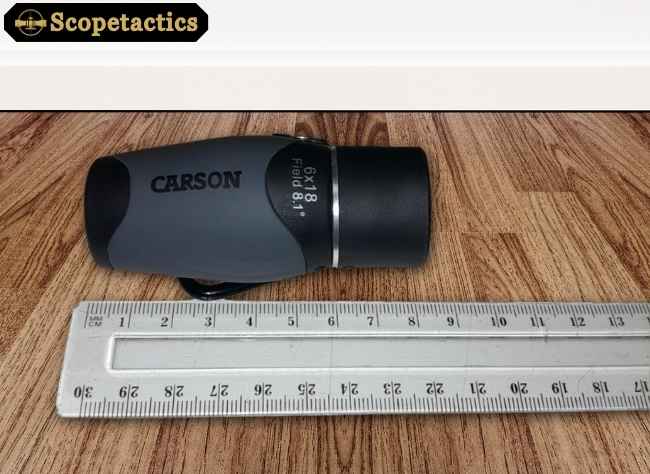
Why should choose Carson MiniMight 6x18mm
Based on the detailed review you’ve selected from the Canvas, one should choose the Carson MiniMight primarily for its powerful combination of performance, portability, and value. The device’s ultra-compact and lightweight design makes it incredibly easy to carry everywhere, eliminating the burden of bulkier optics. Despite its small size, it delivers impressive optical performance with a clear, sharp image and a wide field of view that makes it easy to locate and track subjects. The monocular also boasts useful features like a very close focus distance and a user-friendly, one-handed focus mechanism. Ultimately, it is a tool that provides a genuinely useful magnification in a format that encourages you to carry it everywhere, making it a great, high-value choice for casual observation and general sightseeing.
FAQs
Why is the 6× magnification a good choice for a pocket-sized monocular?
The 6× magnification is a critical feature because it provides a perfect balance of power and stability. It offers a significant magnification boost without introducing the excessive image shake that is common in higher-magnification devices, making it easy to get a clear and steady view.
Can this monocular be used for close-up observation in addition to long-distance viewing?
Yes, a standout feature of the Carson MiniMight is its ability to focus on objects at a very short distance. The review notes that it can achieve a sharp focus on subjects just a few feet away, which adds versatility and allows you to observe things like flowers or insects.
How does the monocular’s field of view enhance its usability?
With a field of view of 426′ at 1000 yards, the monocular offers a surprisingly wide perspective. This is a key technical feature that makes it quick and easy to locate and track subjects, as the view feels expansive rather than like looking through a narrow keyhole.
What are the limitations of the monocular’s performance in low-light conditions?
The monocular is optimized for bright to moderate lighting. Due to its small 18mm objective lens, the review states that the image will lose brightness and detail as twilight sets in. While it remains functional for a short period in dim light, its performance is limited compared to devices with larger objective lenses.
Final Thought
The Carson MiniMight 6x18mm Pocket Monocular is not a replacement for high-end binoculars, but it was never intended to be. From a technical and user-experience perspective, it is a brilliantly executed product that perfectly serves its niche.
It provides a highly effective, portable solution for casual observation. For anyone who needs a quick, lightweight, and easy-to-use optic for hiking, concerts, or general sightseeing, the MiniMight is an outstanding choice that delivers on all of its promises. I would highly recommend it.
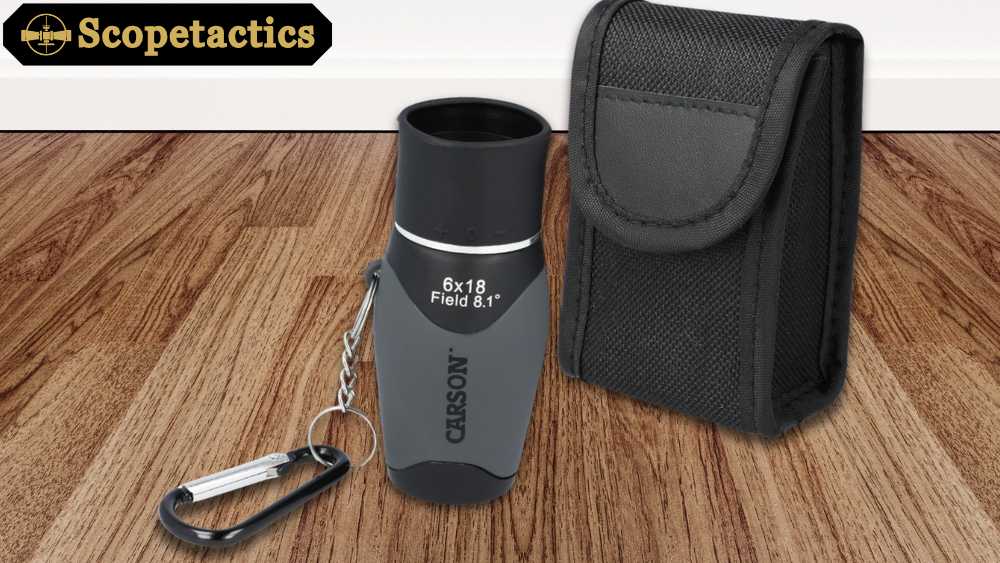






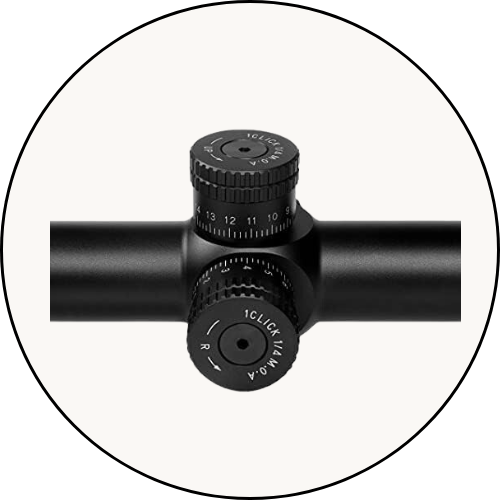
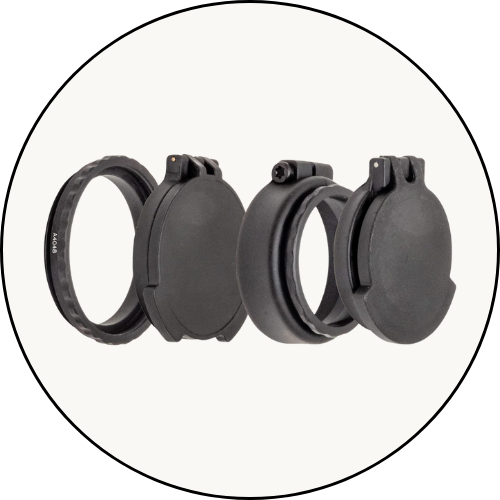
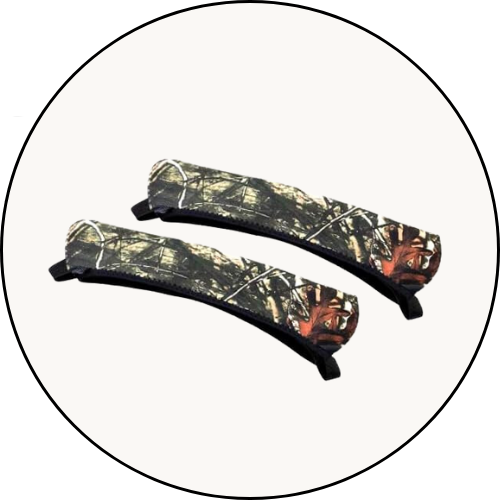
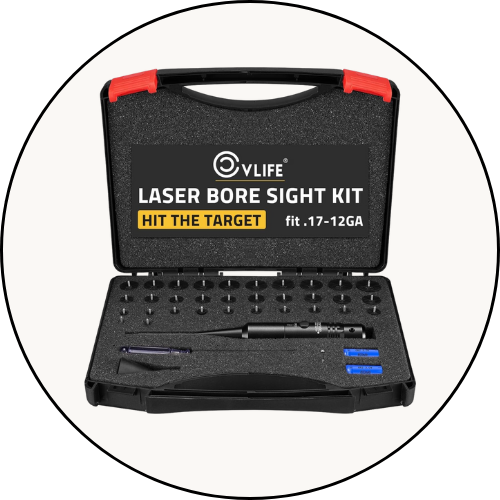
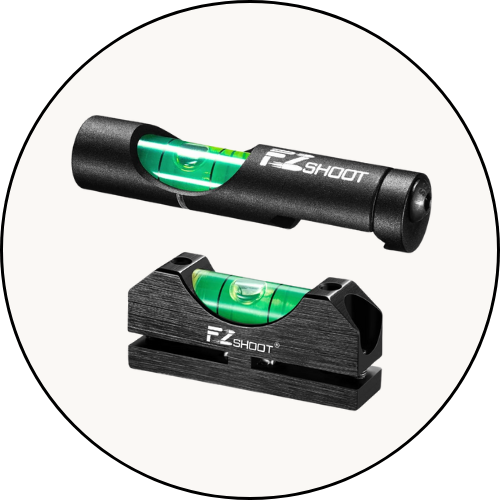
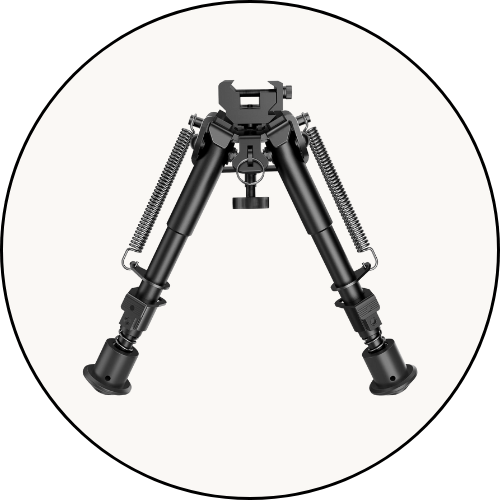
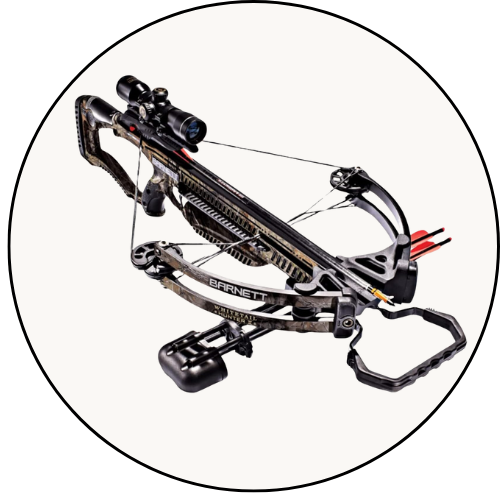
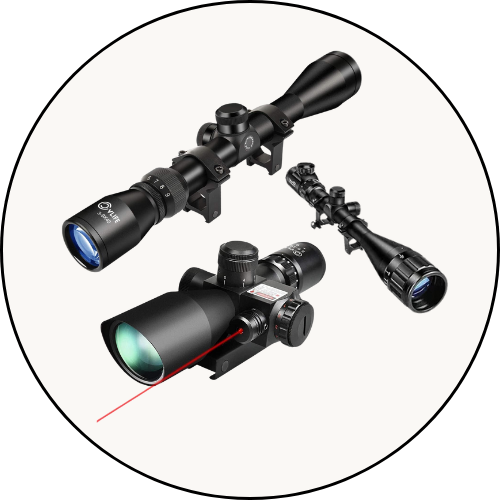
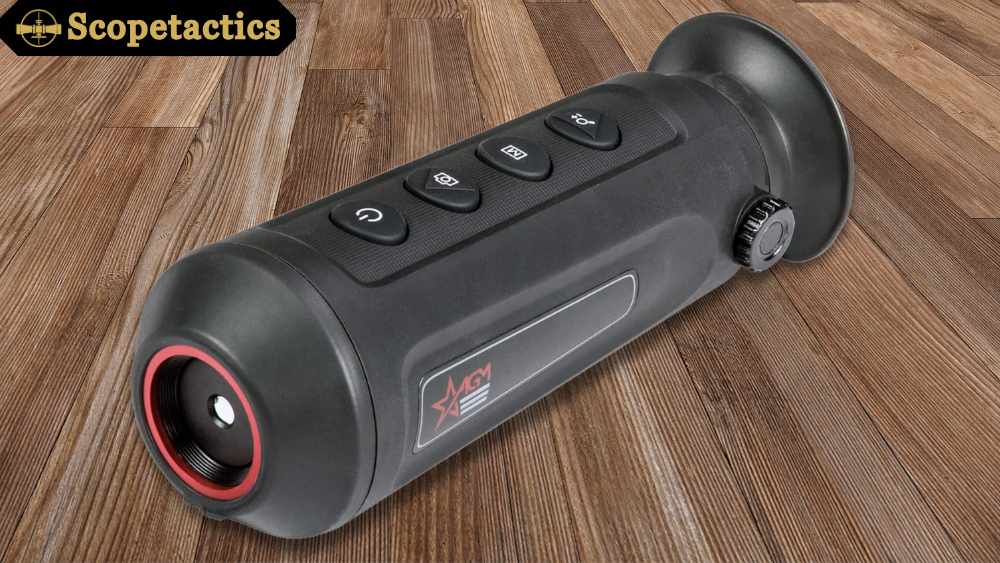
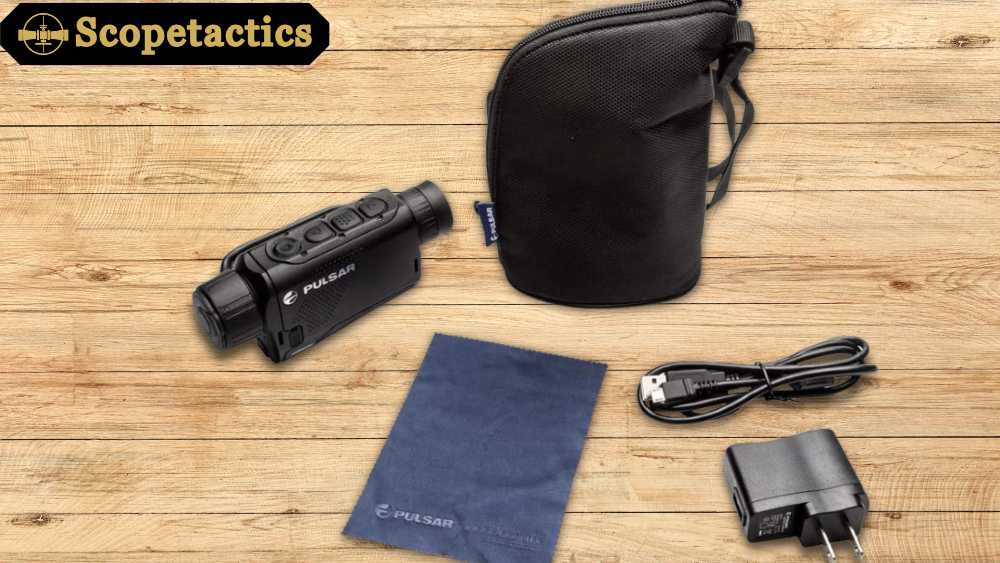
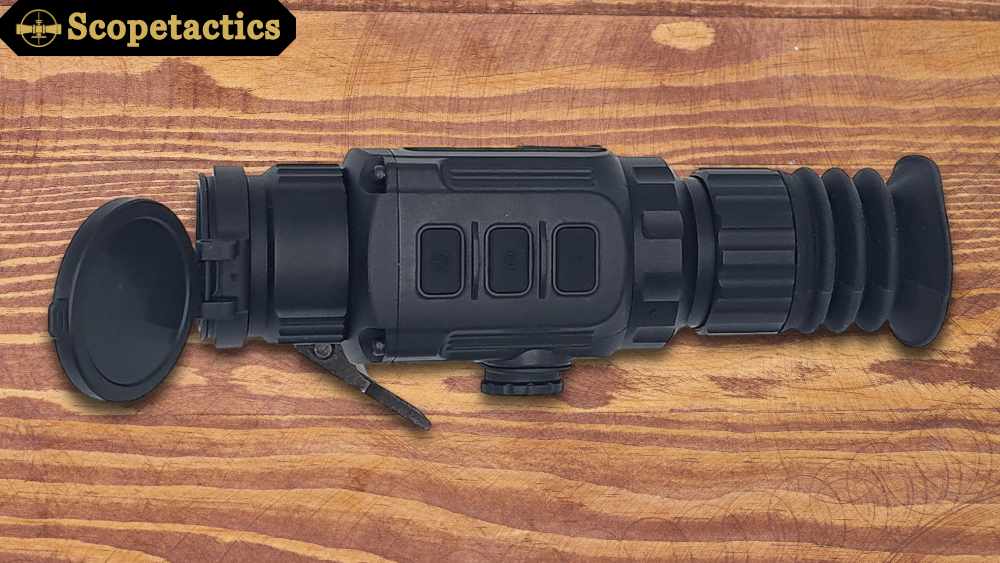
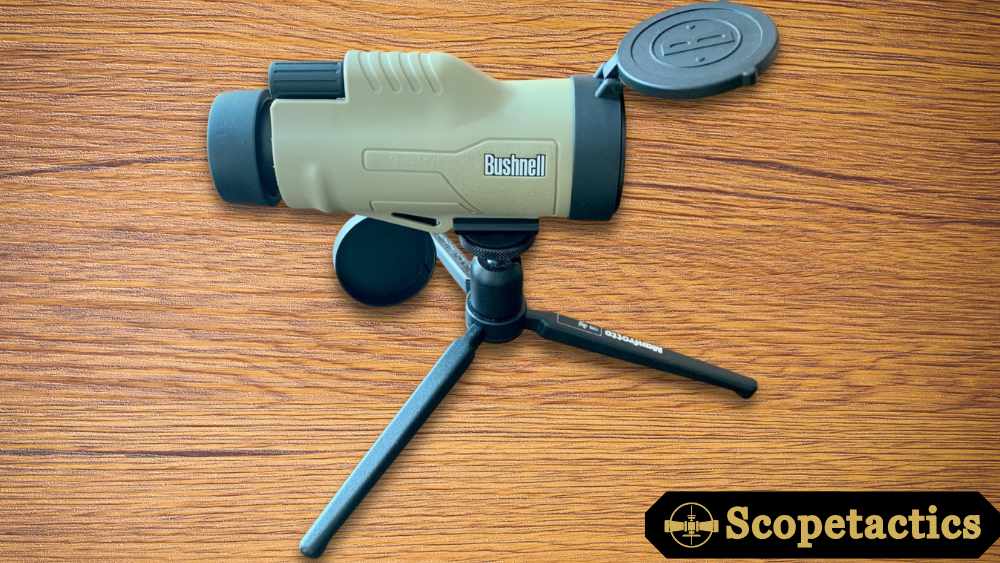
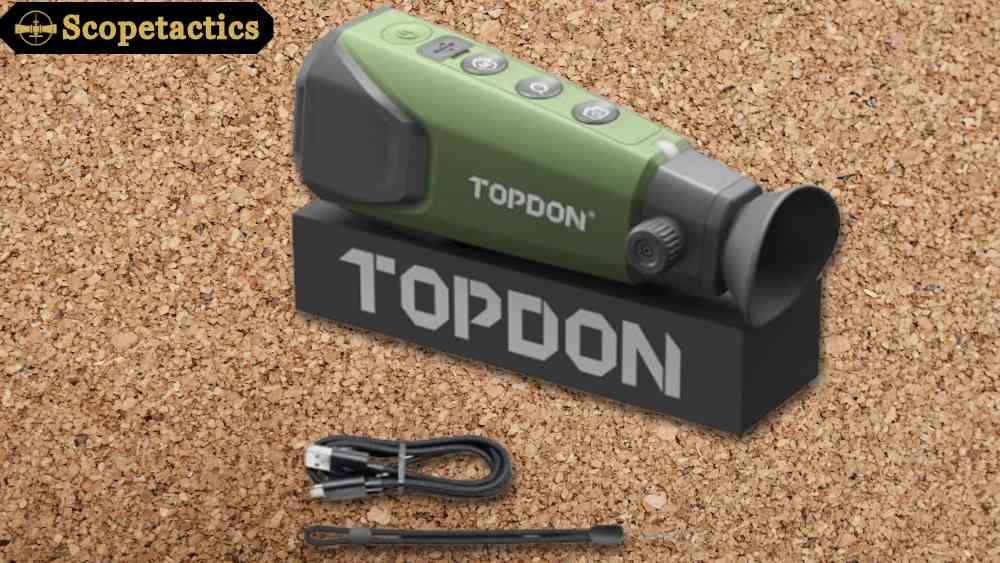
Leave a Reply